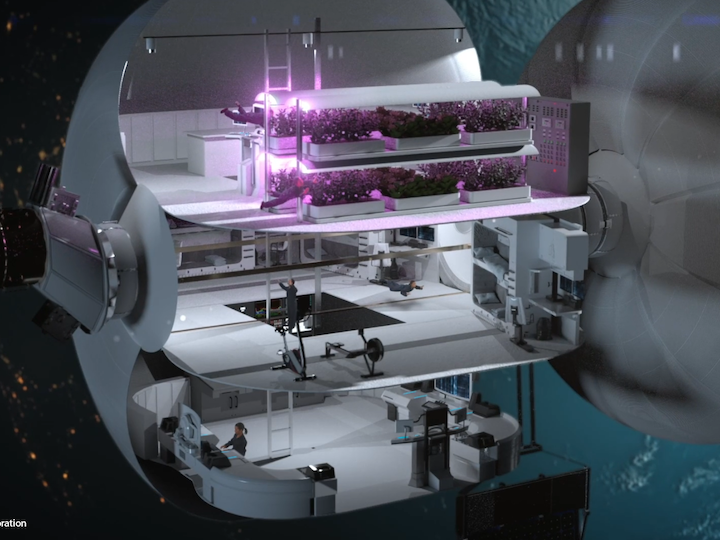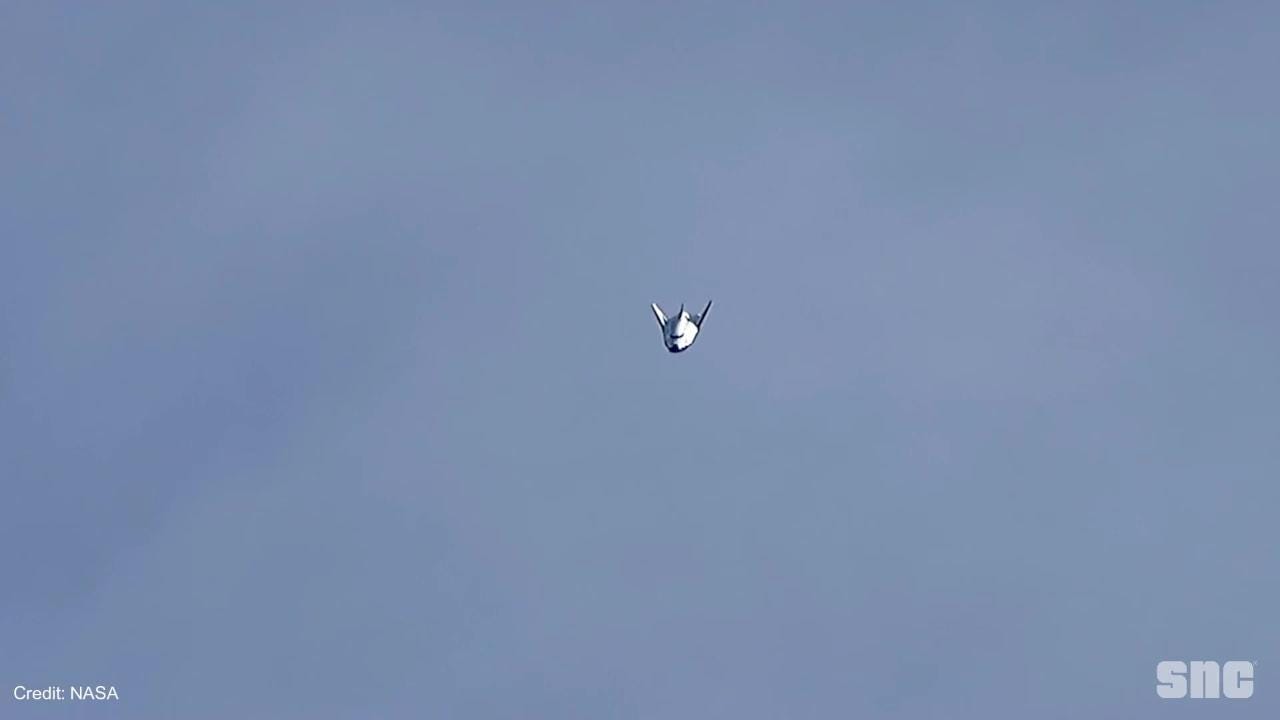3.04.2021

Sierra Nevada, the company aiming to launch and land its Dream Chaser spaceplane on the Space Coast, unveiled its take on an Earth-orbiting space station this week, joining a series of others aiming to find alternatives to the aging International Space Station.
Renderings released by the Colorado-based company show a low-orbit station comprised of several inflatable modules, each 27 feet in length, flanked by Dream Chaser mini-shuttles. Inflatable fabric habitats are generally more compact and lighter than traditional space structures and can fly on many different vehicles.
Sierra Nevada on Wednesday said the proposed space station uses the company's products from top to bottom, including Dream Chaser, the disposable Shooting Star cargo module, and its in-development inflatable habitats.
"The next phase is to create a completely holistic space infrastructure," said Janet Kavandi, an executive vice president at Sierra Nevada and former space shuttle astronaut. "We plan to launch our vehicles to our platform with inflatable modules, service it with our own Dream Chaser vehicles both crewed and uncrewed, take people back and forth from the station, and then return them safely to Earth."

If everything goes according to plan, the 30-foot vehicle inspired by the space shuttle will fulfill its first mission under NASA's second phase of Commercial Resupply Services, which selects companies for cargo and science deliveries to the ISS. Kavandi said the first Dream Chaser's thermal protection tiles are being installed now and the wings should be attached by this summer.
One of the advantages of the vehicle, which recently received FAA clearance to land at the Launch and Landing Facility operated by Space Florida, is that teams won't have to fish it out of the ocean after re-entry. Horizontal landing provides quick access to perishable science experiments and, for future versions of Dream Chaser, the crew.
"I really believe it's the right vehicle for crew," Kavandi said. "There are inherent risks of sending a vehicle, especially with people under parachutes, into an ocean."
Kavandi added everything also has to go right with Dream Chaser, but that it has "the heritage with the shuttle where it worked hundreds of times." Unlike the shuttle, however, the spacecraft won't have any toxic propellants – hypergolic liquids that ignite on contact with each other – to deal with after landing.
"The astronauts can get off and the scientists can have access to their payloads certainly within an hour but probably even less than that," she said. "Plus, it's a gentle landing. You're landing like an airplane lands."
Since its ride to orbit is ULA's future Vulcan, Sierra Nevada will need to wait for the rocket's premiere mission later this year. ULA CEO Tory Bruno said the Blue Origin-provided BE-4 engines should be delivered by this summer and, if schedules hold, Vulcan should fly in the fourth quarter.
Quelle: Florida Today
